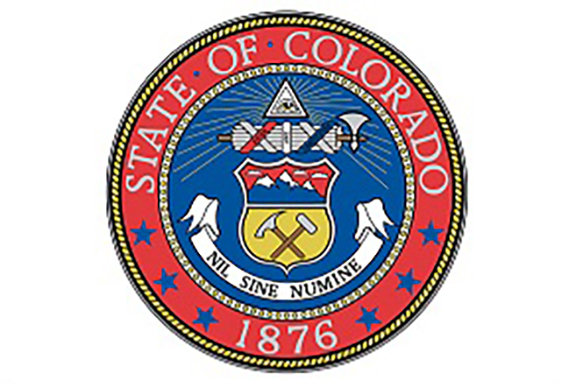With temperatures in the triple digits this week, the Colorado Department of Public Health and Environment (CDPHE) is reminding residents and visitors to take precautions to avoid heat-related illnesses. Heat-related illnesses include heat exhaustion or heat stroke, which can cause damage to the brain and other vital organs. These conditions happen because the body’s temperature rises faster than the body can cool itself.
During extreme heat, stay in an air-conditioned place as much as possible. Some counties are partnering with cities and towns to make sure additional locations, such as recreation and senior centers, are available to anyone who needs to come in for a few hours to cool down. Call your local public health agency to see if there are any heat-relief shelters in your area.
Older adults, the very young, people with mental illness and chronic diseases, and people living without air conditioning are at highest risk for heat-related illness and should be watched closely. “Friends, families and neighbors should check in on the elderly and those with pre-existing health conditions routinely,” said Dane Matthew, director of the department’s Office of Emergency Preparedness and Response. “Heat can also affect young and healthy people if they participate in strenuous physical activities during hot weather.”
To avoid illness from heat, public health officials recommend these precautions:
- Stay in an air-conditioned area. If your home does not have air conditioning, go to a shopping mall, library or other place that does. Even a few hours in an air-conditioned environment can keep the body cool.
- Drink water often; don’t wait until you’re thirsty. Avoid sugary drinks and alcohol, as they cause a loss of body fluid.
- Provide pets with plenty of fresh water.
- Limit outdoor activity to when it’s coolest.
- Wear sunscreen of SPF 15 or higher.
- Wear lightweight, light-colored, loose-fitting clothes.
- Avoid preparing or eating hot meals; they add to body heat.
- Visit adults who are at greater risk at least twice daily, and watch them closely for signs of heat exhaustion or heat stroke.
- Be safe on the job. If your job involves physical work outdoors:
- Drink water every 15 minutes, even if you’re not thirsty.
- Wear a hat and light-colored clothing.
- Rest in the shade.
The Occupational Safety and Health Administration (OSHA) has heat-safety resources for employers, including mobile apps that can alert workers when extreme heat conditions exist.
Move people experiencing signs of heat exhaustion to a cool place as soon as possible. Applying cool, wet cloths to their head and body, or placing them in a cool bath also can help cool them down. People should get medical help immediately if they vomit, their symptoms last longer than one hour, or their symptoms worsen.
Signs of heat exhaustion include:
- Heavy sweating.
- Cold, pale and clammy skin.
- Fast, weak pulse.
- Nausea or vomiting.
- Muscle cramps.
- Tiredness or weakness.
- Dizziness.
- Headache.
- Fainting.
For more information about heat-related illness, visit the CDC website.

